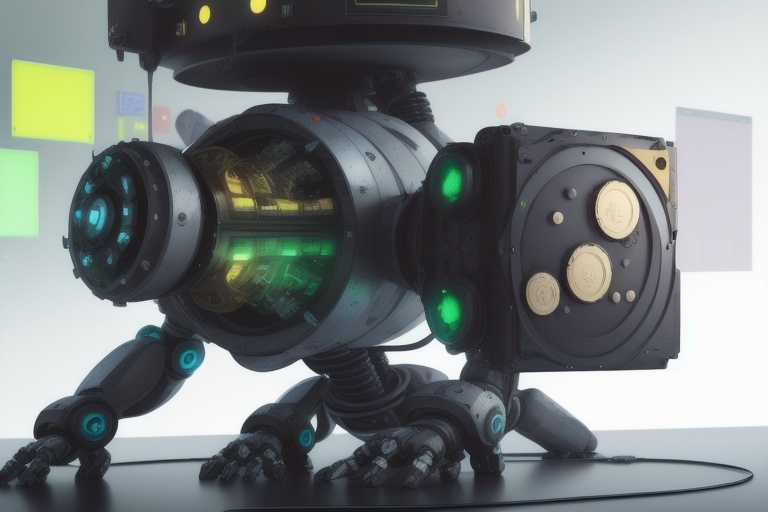In the fast-paced world of technology, artificial intelligence (AI) and machine learning are setting the stage for significant breakthroughs and shaping the way we understand innovation. These fields, often conflated with robotics, are distinct yet closely linked sectors that jointly have the power to revolutionize myriad aspects of our daily lives.
In the fast-paced world of technology, artificial intelligence (AI) and machine learning are setting the stage for significant breakthroughs and shaping the way we understand innovation. These fields, often conflated with robotics, are distinct yet closely linked sectors that jointly have the power to revolutionize myriad aspects of our daily lives.
Distinguishing Robotics from AI
The advancement of technology brings with it an important clarification between robotics and artificial intelligence (AI). Though these fields overlap, each has its own specific domain. Robotics is focused on the creation and use of robots – physical entities designed to execute tasks, often with a degree of autonomy. The essence of robotics lies in engineering and mechanics, encompassing the design, construction, and operation of robots.
Artificial intelligence (AI), on the other hand, is an umbrella term encompassing the development of software and algorithms that enable machines to perform tasks that would typically require human intelligence. This includes learning from data, recognizing patterns, making decisions, and understanding natural language. AI is not limited to robotics and can be applied to various platforms, such as computers and mobile devices, to enhance their capabilities.
AI's Role in Modern Robotics
Artificial intelligence is increasingly being incorporated into robotics, leading to the rise of smarter machines which can interpret their environment and make decisions based on sensory input. This symbiotic relationship between AI and robotics is driving innovation in sectors such as manufacturing, healthcare, and autonomous vehicles. Machines that can learn from experience and adapt their functions are becoming key components in streamlining operations and augmenting human capabilities
The Emergence of Collaborative Robots (Cobots)
One of the most intriguing developments in the field is the advent of collaborative robots, or cobots. These are designed to work safely alongside humans within the same workspace, offering new levels of efficiency and flexibility. Cobots often benefit from AI-driven software that allows them to respond dynamically to human actions and changes in the environment, which makes them incredibly useful in industries ranging from automotive to consumer electronics.
Navigating Challenges in Robotics and AI
The fusion of robotics with AI does not come without its challenges, particularly when it comes to safety and ethics. As robots begin to carry out more complex and autonomous tasks, it becomes critical to maintain a level of human oversight to prevent accidents and ensure ethical use of technology. Indeed, ensuring the safe interaction of humans and machines remains a top priority for researchers and engineers in the field.
Advances in Machine Learning and Natural Language Processing
Further driving the possibilities of AI-enhanced robots are the strides being made in machine learning and natural language processing. These areas of AI allow robots to interpret complex data and understand and respond to human language with a degree of nuance that was previously unattainable. The algorithms powering these capabilities are constantly refined, leading to ever-improving machine intelligence that pushes the boundaries of what robots can achieve.
The Balance of Human Supervision and Machine Autonomy
As technology continues its rapid advance, it becomes essential to find a balance between human supervision and machine autonomy. The goal is to leverage the strengths of both to create systems where responsibility and efficiency coexist. This ensures that technological progress does not outpace the necessary safety protocols and ethical standards required for responsible deployment of AI-driven machines.
Looking to the Future
The combined potential of robotics and AI is staggering, and the impact on industries and everyday life is only beginning to be understood. However, this exciting future requires a thoughtful approach that takes into account the implications of such advancements on society. It involves nurturing a tech landscape where innovation is matched by an unwavering commitment to safety, ethical considerations, and ongoing development.
In this journey towards progress, it's crucial that we keep exploring and understanding the winding paths of technology with clear-sighted focus and determination. The successful integration of AI into robotics promises a future where machines not only augment our physical capabilities but also inspire us to reach new heights of innovation and human achievement.
Information for this article was gathered from the following source.

